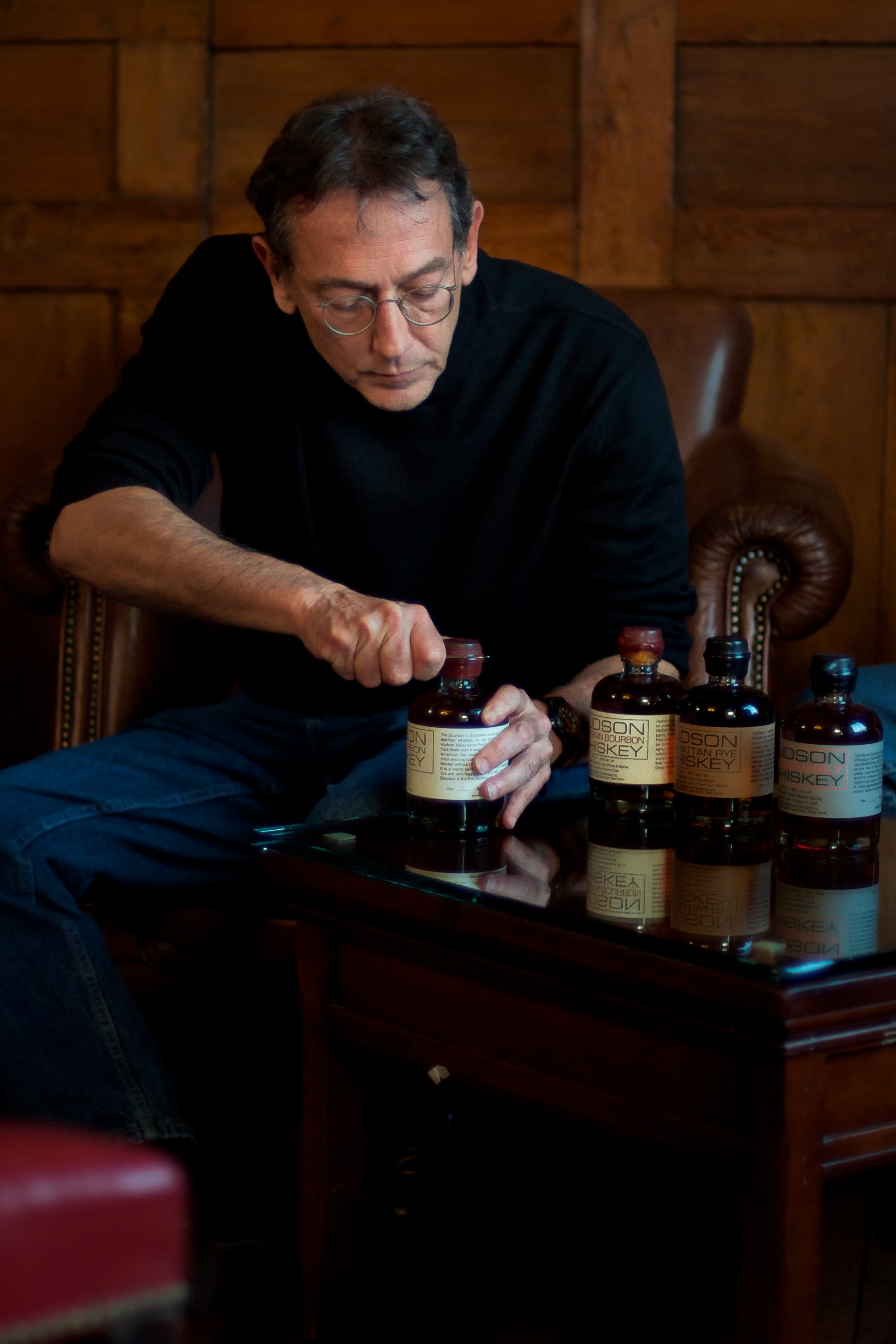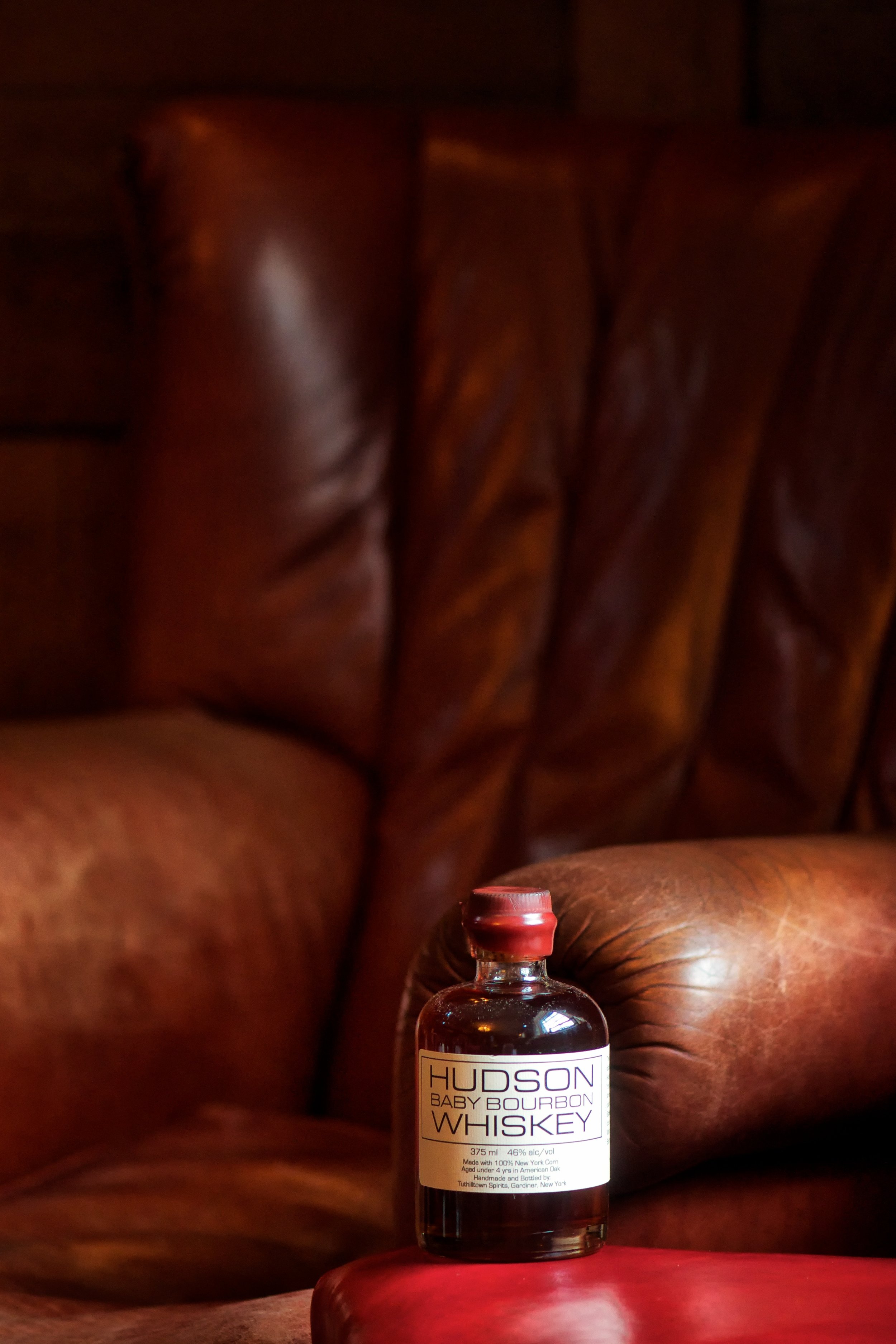How Flava Flav influences the flavour
In 2003 the first distillery in New York since prohibition opened; Tuthilltown Distillery. It was not owned by a large conglomerate or, in fact, anyone actually that interested in distilling. The land was originally bought by a professional rock climber, Ralph Erenzo and the distillery was developed with his business partner, an electrical engineer. They established the distillery not for a love of whiskey, but for a desire to do something with the land after years of battling with neighbours who seemed determined to undermine every plan they had. The legal battles cost them half the land but, eventually, with guidance, they discovered they could establish a farm distillery, complete with Federal legal support.
So what happens when two men who know next to nothing about whiskey build a distillery from scratch, by hand, with no “how to start making moonshine for dummies” manual? As he described it, if hillbillies in southern states with a kindergarten education and no teeth could manage it, he was sure they could. The principle result seems to be experimentation; from their start they have tried macerating, fermenting and distilling almost anything they can get their hands on. As well as a range of five whiskeys, they also have plans for an apple vodka (vodka made from apples, not a sickly sweet flavoured vodka), apple brandy, a dry cassis and they have developed their own bitters with ideas and inspiration from the distilling crew. They are even working on a wild rice whiskey.
Certain aspects of their naivety have influenced their products. Although they had several ideas on how to separate the mash from the liquid for the first stage of distilling, none of their initial efforts were successful, so they cooked it all as one; as a result, their whiskeys have a greater mouthfeel, a richness. They age their whiskeys for a surprisingly short period (often 3-9 months) in tiny barrels (2-5 gallons as a general rules), since they didn’t have enough capital or spirit output to fill anything larger. They do not put a specific age on their bottles; each batch is tasted individually and bottled when ready, rather than at a specific date. This handmade aspect leads to every batch varying slightly, which tests the skills of the large bar-staff/mixologist following Hudson has developed to taste and vary every cocktail to make sure they are perfect. Despite the appearance of creating extra work for Hudson’s customers, it is a beloved and appreciated aspect of the whiskey and helps stockists sell the products, especially because of its handcrafted nature. When they started, they didn’t have enough final output to bottle into 70cl bottles; their design has therefore been for 35cl bottles which really are works of minimalist art. This also makes the bottles really stand out on the backbar.
One of the features I found most appealing was their problem solving nature when it came to maturing the spirit in the barrels. Since there were so many small barrels, the tradition of hand turning would be a little like painting the Forth Bridge; as soon as it was finished, they’d have to start again. So the solution was as elegant as it was simple; shake the liquid in the barrels with sound waves. They installed two huge subwoofers at each end of the warehouse and blasted the barrels with heavy bass line rap. This is still done nightly, having checked the effect with large glass jars full of water to observe the movement. Ralph’s son named this “Sonic Maturation” but it seems an even better name has subsequently developed: Rapturation.
Go forward nine years and they are announcing and advertising the UK release of their bourbon through First Drinks, a subsidiary of William Grant and Sons. At present they are releasing their 100% corn Baby Bourbon and Manhattan Rye (also 100% whole grain rye) in May, but there are certainly hopes to bring the rest of the range to this side of the pond; a single malt using non-peated Canadian barley, their new-make corn whiskey and a four grain bourbon.
I tasted all five of the whiskeys and was, at the very least, pleasantly surprised by them all. The clearac, new spirit, or Corn Whiskey, as they have called it, was a lot like all new spirit: flavoursome, but ultimately unfinished. The four grain bourbon was superb but, sadly, I didn’t have long enough with it to truly form a thoroughly weighed and considered opinion and description. The single malt was unusual and worth trying and definitely not a scotch imitator; very tangy and refreshing.
Manhattan Rye Whiskey:
Colour: dark amber, brown tones.
Nose: spices, menthol hints, every new nose was slightly different – it changed the longer it stayed in the glass – started almost grassy, fresh, meadowy, floral, finished far spicier, more molasses and pepper.
Body: rich, thick and zingy, almost effervescent.
Palate: spices, pepper, menthol, more complex than most rye I’ve tried.
Finish: long, but drying, cereal comes through most at the end, sweet and spicy.
One of the most interesting rye whiskeys I’ve tried, definitely worth looking into.
Baby Bourbon:
Colour: Orange toffee
Nose: Rum and Coke, spices, oak, sweetness, molasses.
Body: Fresh and vibrant
Palate: sweet, nutmeg and cinnamon, just a hint of pepper, more molasses and that Coke note again.
Finish: A sweet and sour affair, long, interesting.
Very fresh, clearly very young, but not for any ill-effect.






